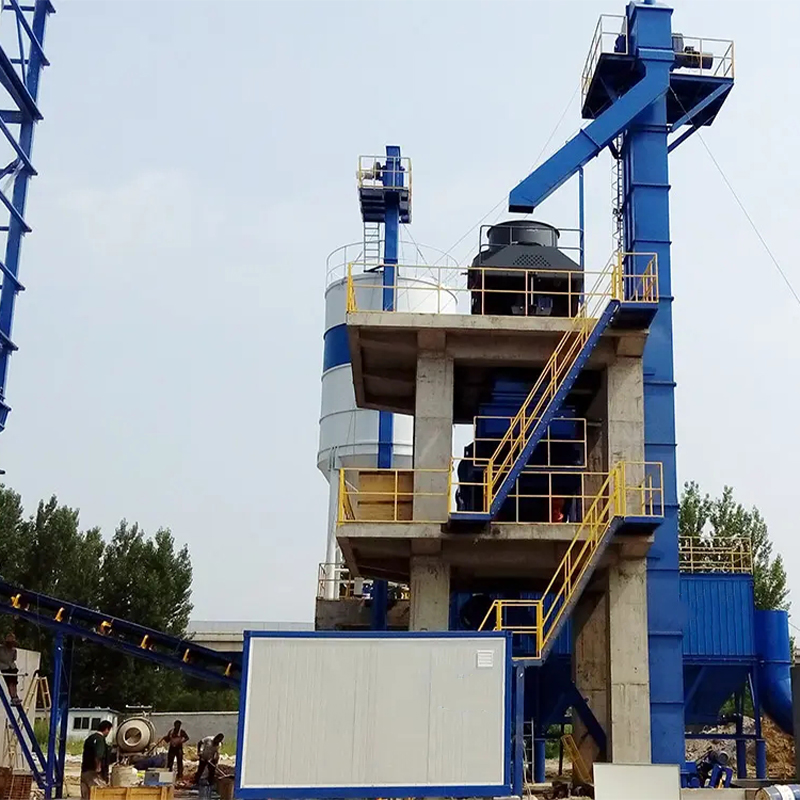This guide provides a detailed overview of automated precast concrete plants, exploring their benefits, components, automation levels, and considerations for implementation. We’ll examine the key factors to consider when choosing and installing a system, ultimately helping you make an informed decision for your concrete production needs. Learn about different automation technologies, efficiency improvements, and the overall return on investment for integrating this technology into your operations.
Understanding Automated Precast Concrete Plants
What is an Automated Precast Concrete Plant?
An automated precast concrete plant represents a significant advancement in precast concrete manufacturing. Unlike traditional methods, these plants utilize automated systems to handle various stages of production, from batching and mixing to curing and stacking. This automation dramatically increases efficiency, precision, and overall output while minimizing labor costs and human error. The level of automation can vary greatly depending on the specific plant design and the needs of the client. Some plants may automate only certain processes, while others are fully integrated, encompassing the entire production line.
Key Components of an Automated System
A typical automated precast concrete plant includes several key components working in concert: automated batching and mixing systems, automated formwork systems, robotic placing and finishing equipment, automated curing chambers, and sophisticated control systems. The specific components will depend on the size and complexity of the plant, as well as the types of precast elements being produced. For example, a plant producing complex architectural elements will require more sophisticated robotic systems than one producing simpler components like slabs or beams. Many manufacturers, such as Zibo jixiang Machinery Co.,Ltd., offer a variety of customizable solutions to meet diverse production needs.
Levels of Automation in Precast Concrete Plants
Partial Automation
Partial automation typically focuses on automating specific processes within the production line. This might involve automated batching and mixing, automated formwork handling, or automated curing systems. This approach is cost-effective for businesses looking to improve efficiency in certain areas without a complete overhaul of their existing operations.
Full Automation
Fully automated automated precast concrete plants represent the highest level of automation. These plants integrate all aspects of the production process, from raw material handling to finished product storage. This level of automation requires significant investment but yields significant returns in terms of increased production capacity, improved quality control, and reduced labor costs. The resulting precision and consistency lead to reduced waste and higher product quality. Zibo jixiang Machinery Co.,Ltd. offers solutions across the spectrum of automation levels.

Benefits of Using an Automated Precast Concrete Plant
The advantages of integrating an automated precast concrete plant are substantial:
| Benefit | Description |
|---|---|
| Increased Efficiency | Automation streamlines the production process, leading to significantly faster production times. |
| Improved Quality Control | Automated systems minimize human error, resulting in consistently high-quality precast concrete elements. |
| Reduced Labor Costs | Automation reduces the reliance on manual labor, leading to significant cost savings. |
| Increased Production Capacity | Automated plants can produce a much higher volume of precast concrete elements compared to manual methods. |
| Improved Safety | Automation reduces the risk of workplace injuries associated with manual handling of heavy materials. |

Considerations for Implementing an Automated Precast Concrete Plant
Initial Investment Costs
Implementing an automated precast concrete plant requires a substantial upfront investment. However, the long-term cost savings and increased profitability typically outweigh the initial expense.
Space Requirements
Automated plants often require a larger footprint than traditional methods due to the need for space to accommodate automated equipment and materials handling systems.
Maintenance and Upkeep
Regular maintenance and upkeep are crucial to ensure the continued efficient operation of automated systems. Planned maintenance schedules and readily available parts are vital.
Integration with Existing Systems
Careful planning is needed to integrate an automated plant with your existing infrastructure and workflows.
Conclusion
Investing in an automated precast concrete plant is a strategic decision that can significantly enhance efficiency, quality, and profitability. By carefully considering the factors discussed in this guide, you can make an informed decision that aligns with your business goals and long-term objectives. Remember to thoroughly research different manufacturers and their offerings to find the solution that best suits your specific needs and budget. Consult with experts and carefully weigh the pros and cons before embarking on this significant investment. The right automated precast concrete plant can revolutionize your concrete production process.
Post time: 2025-10-24
